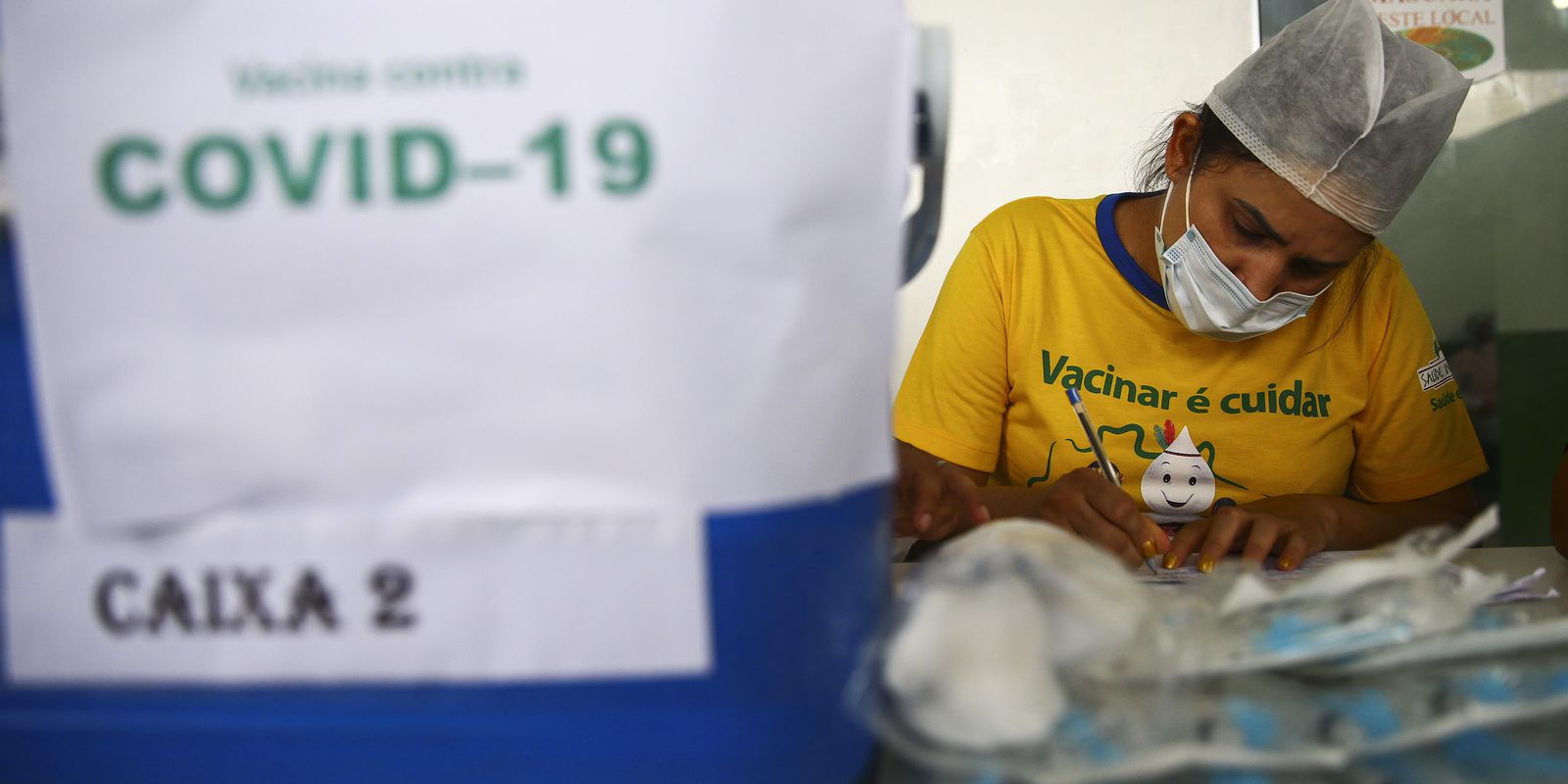A study by the Ministry of Education and Administrator of Unemployment Funds AFC, revealed that of the total debtors of the CAE State Guarantee Credit, 63% pay an average monthly installment of 1.4 Unidades de Fomento ($43,269) and almost the half of the percentage of the debts pays less than one UF, $31,164. The cadastre tells that, currently, 648 thousand people are liquidating their CAE, of the total 1 million 63 thousand who have requested it since its creation in 2006 to December 2020, to pay for their higher education, which totals a portfolio of US$10,185 million in loans.
This study was carried out with the purpose of knowing the profitability of higher education in the country in the context of the debate for the universal remission of the CAE proposed by the President-elect, Gabriel Boric. Along these lines, the Mineduc and AFC report concluded that part of the beneficiaries of the cancellation of their debt, 173,359 debtors (approximately 26.69% of the 648,000), have monthly incomes greater than $800,000 pesos.
The Minister of Education, Raúl Figueroa, pointed out in The Mercury that the data is interesting and that it shows how a group of the population that studied with the credit has the possibility of paying it in a concrete way.
“A fundamental element in all public policy has to do with its fiscal cost and with the characteristics of the people who are going to benefit. This analysis allows us to verify the very high cost that a universal forgiveness implies, and that a significant number would be benefiting of people who today have incomes that place them within the country’s highest-earning deciles,” Figueroa said.
For which he adds that “it does not seem correct to me that a significant number of people who earn more than $2 million and who have to pay a fee that, on average, is a little higher than one UF, should benefit from a remission.”
As a result of the above, the executive director of Acción Educar, Daniel Rodríguez, referred to the total remission of the CAE, which he considered to the media that “it is definitely a bad policy, a bad alternative to a problem that needs to be adjusted, that is the CAE”, and that the fact that a large part of the graduates is paying up to date shows that “not all CAE beneficiaries are in a pressing situation, but there is a group that is”.
In that sense, he added that “remission should be the last option for certain cases, because for reasons of justice all the people to whom the treasury lent resources to be able to study should restitute it to some degree.”
To demonstrate this point, and considering those who are still in the payment stage, the Undersecretary of Higher Education took a sample of 300,000 debtors who had income in May of last year, and established that 56% of them (166,352 people ) is up to date with its payments with an average income of approximately 1,200,000 pesos and an average monthly installment of $41,000. On the other hand, 17% of the sample had payment delays and 27% (81,249 people) stopped paying completely, so their study houses assumed the debt.








